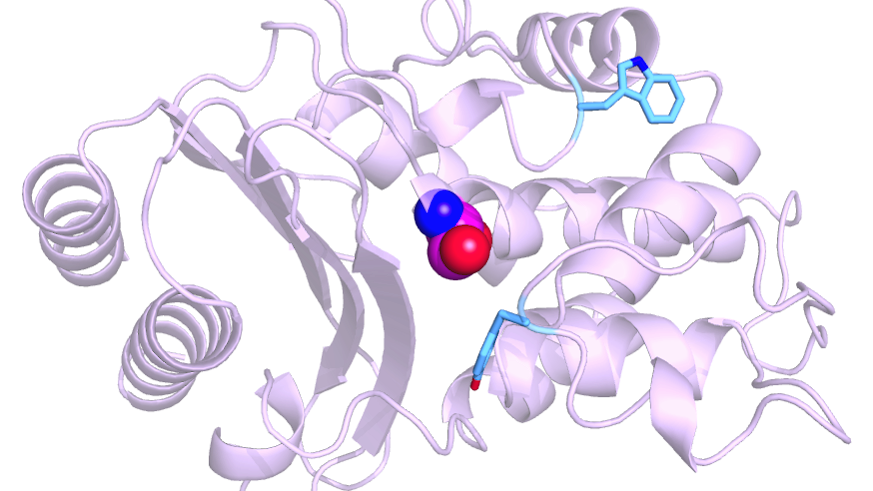DNA Origami and synthetic biology help assembly at a nanoscale
20 October 2017

Assembling proteins and DNA at a molecular level requires incredible precision, and vital work by the School of Biosciences at Cardiff University and Southampton University has been able to tackle this issue.
In the field of molecular biology, researchers can face barriers when it comes to engineering hybrid protein systems precisely.
Dafydd Jones’ group at Cardiff University and Eugen Stulz’s group in Southampton have uncovered a solution, by using a combination of synthetic biology and DNA origami to harness the functions of proteins to construct molecular assembly lines at a nanoscale.
The group’s research within the School of Biosciences at Cardiff University explores the structural and functional plasticity of proteins, constructing new proteins or modifying existing proteins for new applications.
Through collaborative work with Southampton University, the research team used Click Chemistry to allow attachment of single-stranded DNA to a specified residue in a protein of interest.
Dafydd Jones, School of Biosciences at Cardiff University, said: “If you think assembling your Ikea furniture is difficult think how hard is can be at the nanoscale.
“DNA base pairing is very predictable, with a myriad of different structures possible.
“They have little useful functions though – this is where the proteins come in but they are difficult to put together as separate units.
“To overcome this problem, we have linked the two molecule types together to get the best of both worlds using a highly defined process called Click Chemistry. Moreover, it seems the proteins like being assembled with DNA as their activity increases.
“Joining DNA and proteins together in a stable and precise way has always been a problem in the field, which we hope that our work has now addressed.
“We can now move on to construct nanoscale assembly lines using proteins as the machines,” said Dafydd.
More here: http://pubs.acs.org/doi/abs/10.1021/acsnano.7b01711